Found 25 movies, 0 TV shows, and 0 people
Can't find what you're looking for?

A blind queer woman goes hiking with her girlfriend. Together, they embark on a life affirming journey, visiting beautiful places in the Lake District, learning to forgive and discovering how to embrace love and disability.

No description available for this movie.
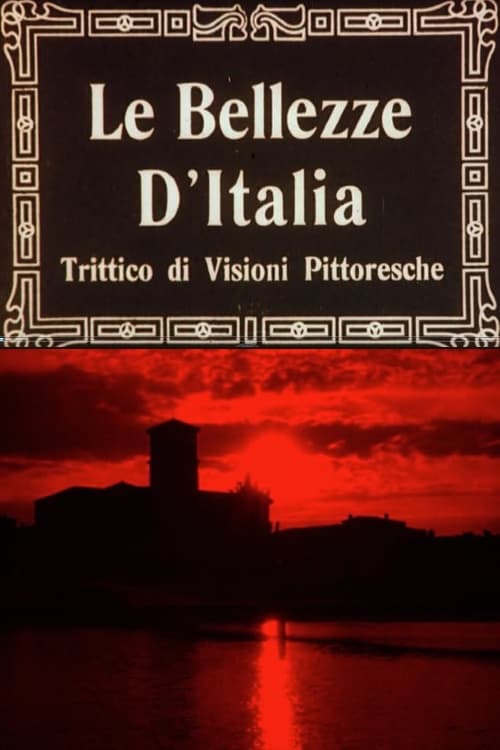
The film is made up of three episodes: In the gulf of La Spezia, The Val D'Aosta and In the Picturesque Lagoon.

Visit of Gaspésie and stops in a few places: Grande-Rivière, Chandler, Port-Daniel, Maria, Carleton, the Matapédia valley, Matane, Saint-Joachim-de-Tourelle, Cap Gros-Morne, Rivière-au- Renard, Cap Bon-Ami, etc. The film also underlines the commercial and industrial aspect of the region.

Oasis in the desert: we see palm trees, camels, and a panoramic view of the village. Men exit a mosque. Women and children assemble and the women prepare a meal--smiling and laughing when they notice the camera. A group of men and children emerge with a camel from an underground gallery. A man harvests fruits from a tree. A woman vigorously crushes the fruit with a stone. A child stomps the fruit with his feet inside a container. The people often look directly at the camera while they work. We see the process of their labor production, followed by views of the old fortress, the citadel, and the village. A woman fetches water from a well in a bucket. A donkey raises a ruckus and causes a scene. A small child smiles and nods while holding the side of his head after a fight, indicating that he did well.

Documentation of different types, costumes and habits from Portugal.

Garden scenes in Villa d'Este, near Rome.
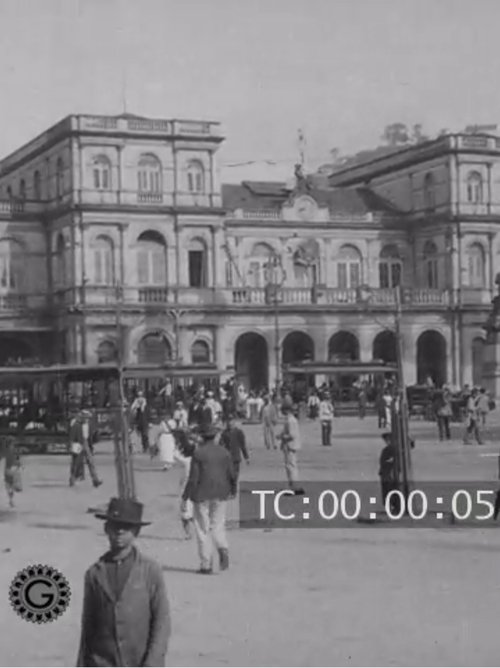
A walk through the streets, buildings and gardens of Rio de Janeiro, including high waves and tides advancing into the roads.

Using movement, colors and light – in a story that develops from dawn to dusk – the director confronts the splendor of the city and forces all the rules and technologies available to him to give us back not so much reality as impressions of pure beauty that only Venice can give.

1912 short film on Luxemburg.

This silent travelogue of unknown date was photographed by Riccardo Cartoni and produced by Unione Cinematografica Italiana (UCI). As noted by Renato Venturelli and Giancarlo Giraud in the 44th Pordenone Silent Film Festival catalogue, the film documents locations along the Ligurian Riviera di Levante, beginning in Genoa and continuing through Quarto dei Mille, Nervi, Sant’Ilario, Bogliasco, Recco, Camogli, Santa Margherita Ligure, Portofino, San Fruttuoso, Rapallo, and Levanto. Notable landmarks include the Eden Hotel, Gropallo Tower, and Portofino Kulm Hotel. Later segments present locations in a less structured sequence. A 1913 listing in Kinematograph Weekly for a film titled The Italian Riviera may refer to the same film. Being preserved in a tinted and toned 35mm nitrate print (300 m, 12'07" at 18 fps) with Italian intertitles, restored in 2025 by Cineteca Milano at MicLab.

Recordings of various old crafts in Auvergne such as a coppersmith, ragpicker, wagonmaker, shoemaker, cooper and a 'centennial cobbler'. Further recordings of a local cattle market and a dance called 'Bourrée'.
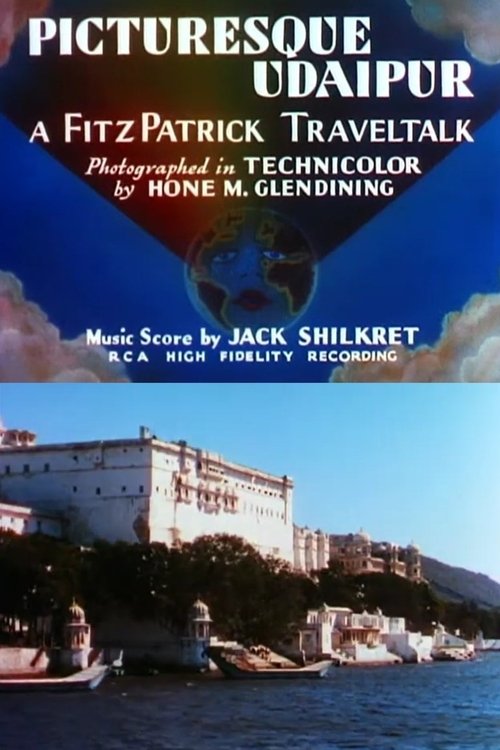
A visit to one of India's oldest cities.
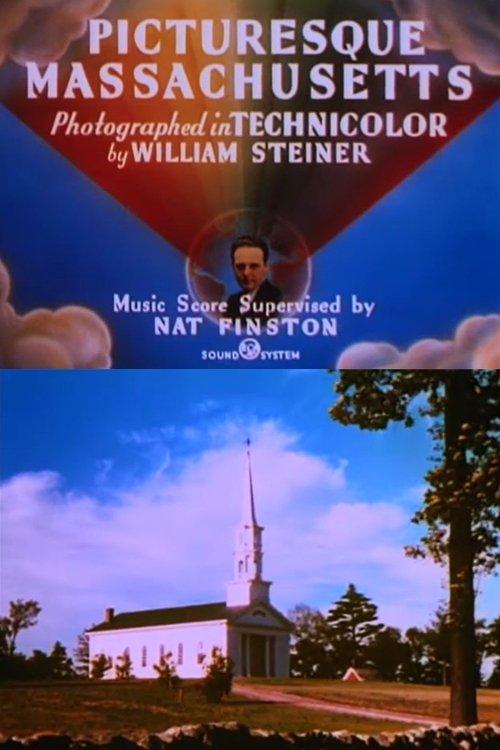
This Traveltalk series short takes the viewer to sites in Massachusetts. Places visited include Plymouth Rock and harbor; John and Priscilla Alden's 300 year-old house; and the birthplace of Clara Barton, founder of the U.S. Red Cross. We also see Cape Cod windmills and pay a visit to Provincetown, including its picturesque harbor and its artist community.

A tour of the Island of Java in Indonesia in 1933.
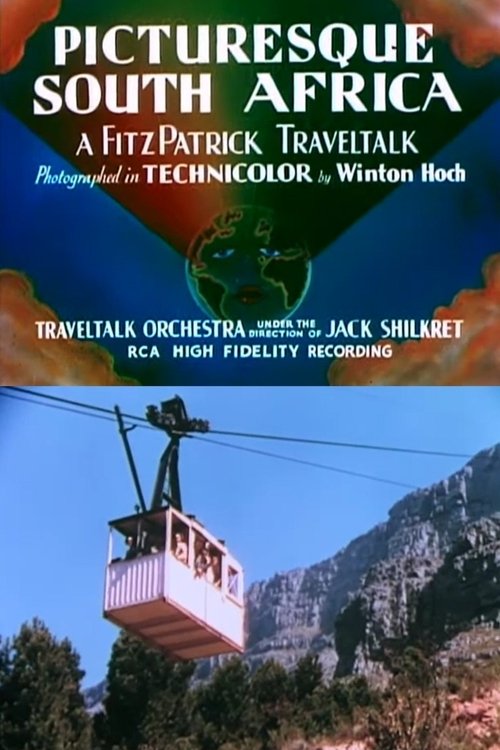
South Africa has a long history of colonialism by among others the Portuguese, French, Dutch and British. This travelogue begins in Cape Town, one of the most important ports in the world. It is located at the meeting of the Atlantic and Indian Oceans. Table Mountain overlooks the city. At the peak's summit, one can get a magnificent view of the city and surrounding coastline below. Diamond miner and Englishman Cecil John Rhodes, known for the scholarship named after him, bequeathed a house to the state to be used as the home for the prime minister, this house which is the most colorful building in Cape Town. There is also a memorial to Rhodes at the side of Table Mountain. The next stop on the journey is the city of Durban, which has grown from a small native town to one of the largest and most important cities in South Africa.

Botanical gardens in Bombay plus the highly decorative Jain Temple in Calcutta.
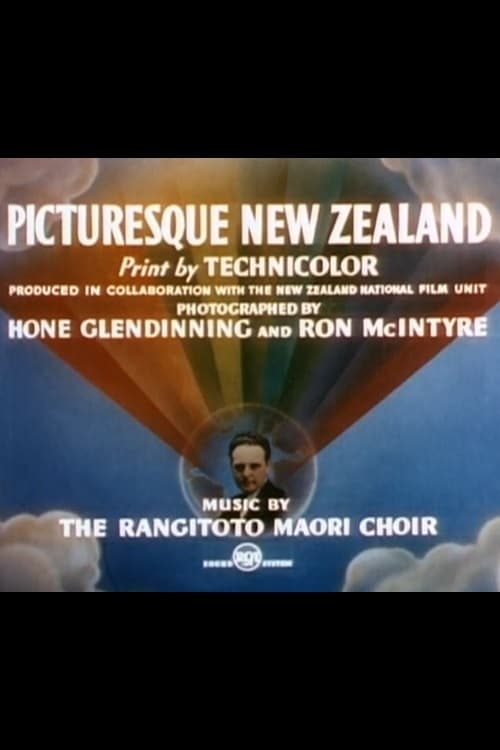
This Traveltalk series short visit to New Zealand starts in Auckland, a bustling, modern city. Next is Christchurch, home of Canterbury University, where rowing teams participate in a regatta. Nearby is Lake Wakatipu, which inspires artists to put their impressions on canvas. We then visit Rotorua, a city famous for its geysers, hot springs, bubbling mud pools, and other geothermal activity. At Ferry Springs there is lots of trout for fishing. Later, a group of natives performs a canoe dance.

Lake Patzcuaro, located 230 miles west of Mexico City, is one of the highest and most picturesque bodies of water in Mexico. The heritage of the indigenous peoples of the area, the Tarascans, still prevails, such as the production of lacquer-ware handicrafts, and the means of hunting and fishing, the latter which uses nets shaped like large butterfly wings. Although most current day Tarascans are Roman Catholic, they have not totally abandoned their indigenous pagan gods. On Janitzio, one of the many islands in the lake, stands a large statue commemorating José María Morelos, a prominent figure in Mexican liberation and a great benefactor to the Tarascans. Janitzio is also the inspiration for many famous paintings. The town of Tzintzuntzan just inland from the lake's shore acts as the regional center for the market and for festivals.
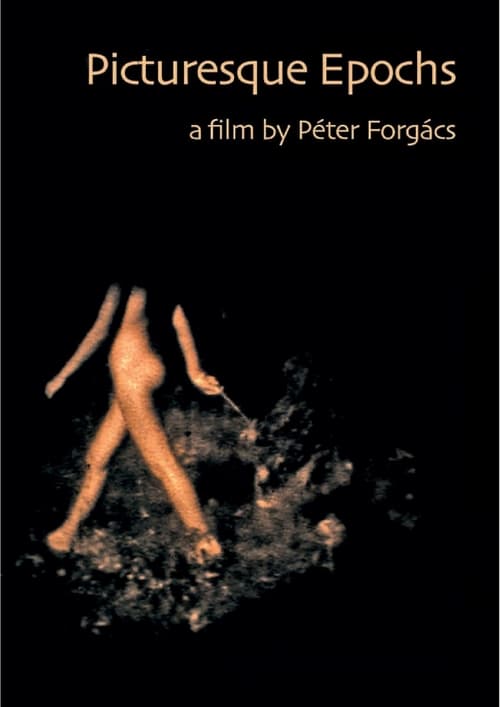
The protagonist of "Picturesque Epochs" is Mária Gánóczy (1927-), a painter and a film aficionado who comes from a family of female artists as far back as her great-grandparents. She brought up nine children with her husband József Breznay (1916-2012), a fellow painter. Gánóczy's films and paintings immortalised the checkered history of Central Europe.

Forced to face the cruel side of life, a devastated, bankrupt merchant chances upon the enchanted castle of a hideous creature, the mere sight of it chills the bone to the marrow. There, a fate worse than death awaits the poor father-of-six, who, after plucking a sweet-scented rose from the repulsive master's verdant garden, must do the impossible: permit his compassionate daughter, Belle, to take his place and pay for the sins of her parent. Now, an impenetrable mystery shrouds the haunted mansion, and, as repugnance gradually turns into affection, only true love could break the spell.
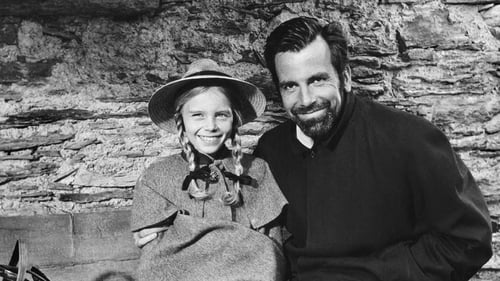
Heidi is an orphaned girl initially raised by her aunt Dete in Maienfeld, Switzerland. In order to get a job in Frankfurt, Dete brings 5-year-old Heidi to her grandfather, who has been at odds with the villagers for years and lives in seclusion on the alm. He at first resents Heidi's arrival, but the girl manages to penetrate his harsh exterior and subsequently has a delightful stay with him and her best friend, young Peter the goat-herd.
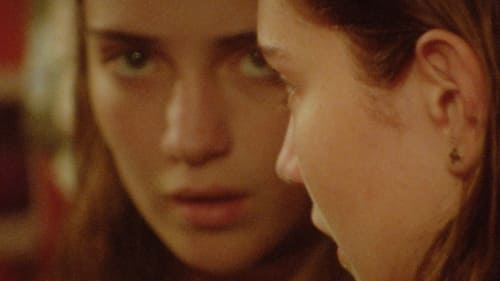
A high school senior from South Carolina gets her first glimpse of the wider world, picturesque cities, and woods of the Eastern seaboard on a class trip to Washington, D.C.
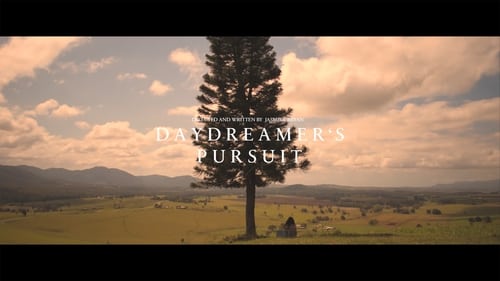
Full of determination and uncertainty, Nutmeg pursues her daydream to escape a dull reality with a Walkman and her case of few sentimental belongings.
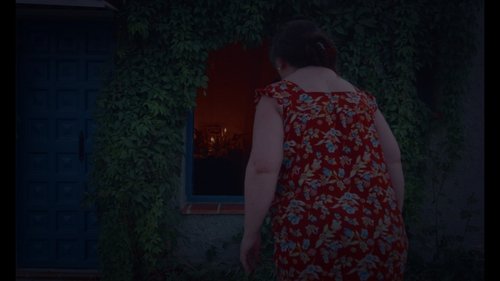
Trini spends her days fantasizing about the private lives of her neighbors, whom she observes through the window. Unknowingly, she triggers an irremediable change in the course of their lives.